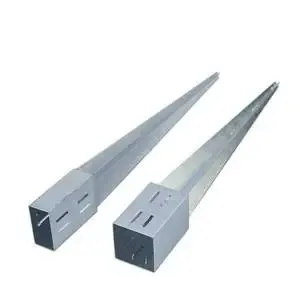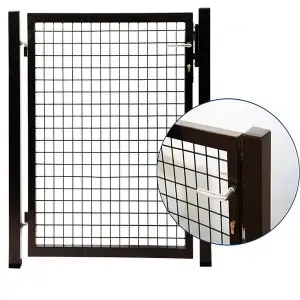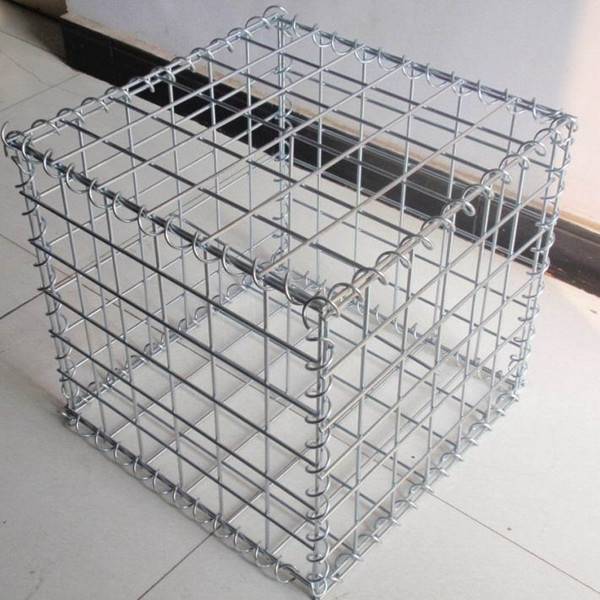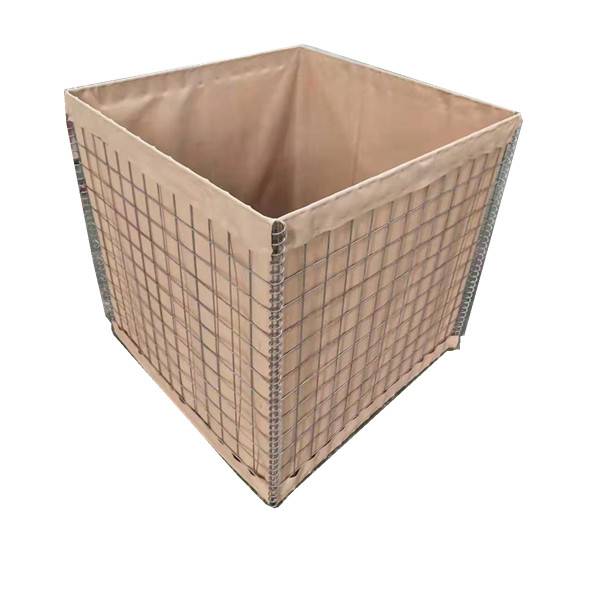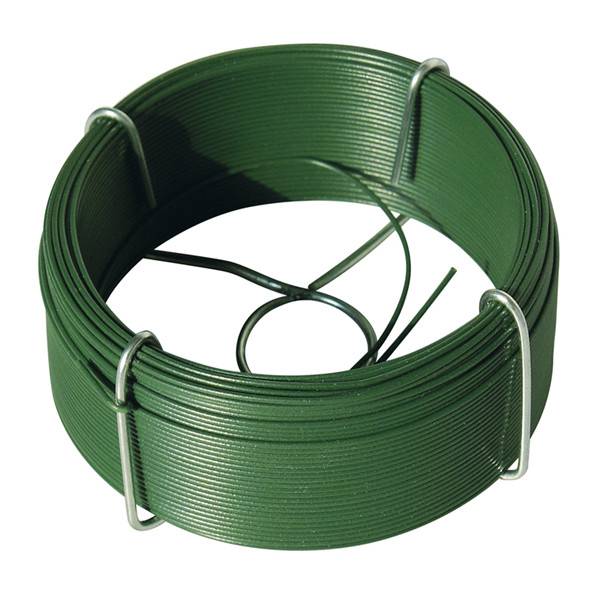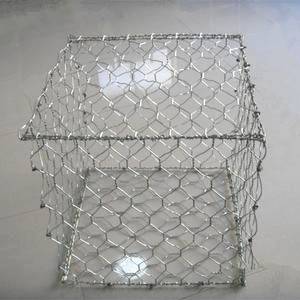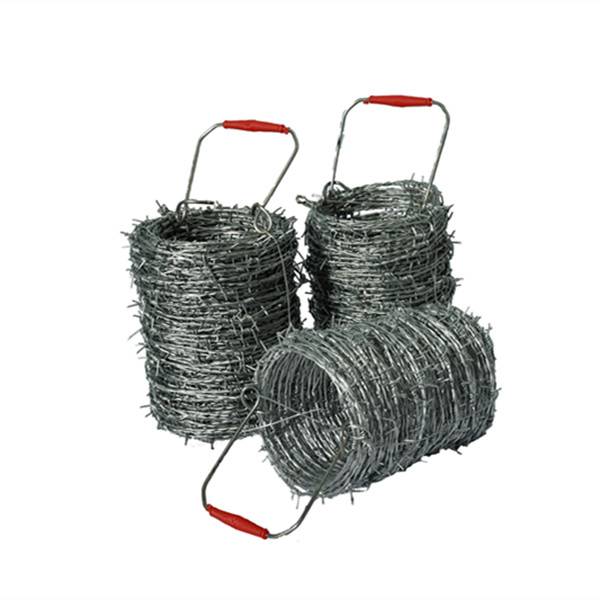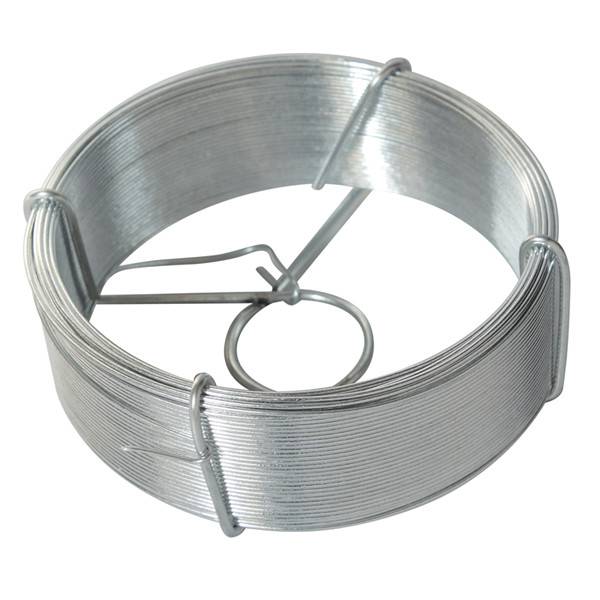
Nov . 06, 2024 19:43 Back to list
Understanding the Measurement and Use of Hardware Cloth in Various Applications
Understanding the Gauge of Hardware Cloth A Comprehensive Guide
Hardware cloth is a versatile woven wire mesh that is often used in construction, agriculture, and various DIY projects. One of the most critical aspects to consider when selecting hardware cloth is its gauge, which refers to the thickness of the wire used in the mesh. The gauge of wire plays a significant role in determining the strength, durability, and intended use of the hardware cloth. In this article, we will delve into the concept of gauge, how it impacts the functionality of hardware cloth, and tips for choosing the right gauge for your project.
What is Gauge?
The gauge of wire is a numerical representation of its thickness. In the United States, a lower gauge number indicates a thicker wire, while a higher number indicates a thinner wire. For example, a wire gauge of 14 is thicker than a wire gauge of 20. The wire gauge system can often be confusing, but understanding it is crucial to selecting the right hardware cloth for your needs.
Common Gauges of Hardware Cloth
Hardware cloth is available in a range of wire gauges, typically from 8 to 24. Here’s a brief overview of some common gauges and their typical uses
- Gauge 14 This is one of the most robust gauges used for hardware cloth. It is often employed in building enclosures for poultry or as fencing to protect gardens from larger animals. Its durability makes it suitable for long-term outdoor applications.
- Gauge 19 Slightly thinner than gauge 14, this wire is still quite sturdy. It is often used for applications like sifting materials, as well as for small animal enclosures.
- Gauge 23 and 24 These are thinner wires typically used for lighter tasks such as mesh screens or small craft projects. While they serve their purpose well, they may not withstand heavy wear and tear.
gauge of hardware cloth
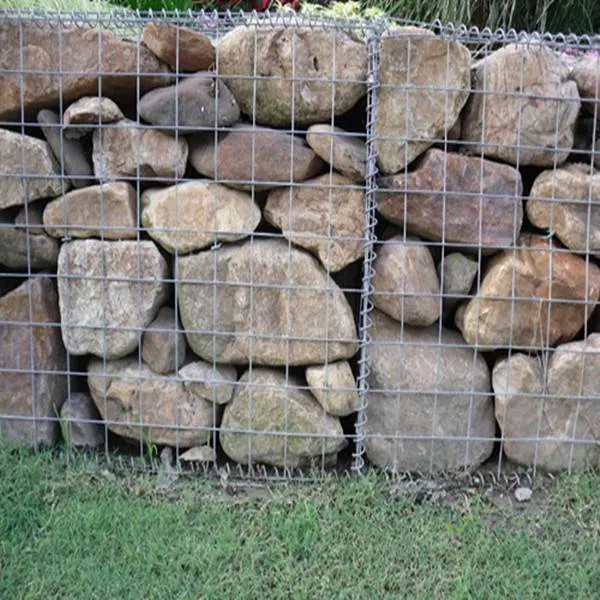
Understanding the specific needs of your project is essential in selecting the appropriate gauge, as using a wire that is too thin may lead to damage or failure under stress.
Factors Influencing Your Choice of Gauge
When selecting the right gauge of hardware cloth, consider the following factors
1. Purpose Determine what you need the hardware cloth for — whether it's for protecting plants from animals, creating a pet enclosure, or using it in construction. The intended application should guide your decision on the gauge.
2. Durability Requirements If your project is exposed to the elements or involves heavier use, opting for a lower gauge (thicker wire) is advisable.
3. Cost Generally, thicker wire will cost more. Make sure to balance your budget with the requirements of your project.
4. Installation Thicker gauges may require more robust tools for cutting and installation. Ensure you have the necessary equipment for the gauge you choose.
Conclusion
The gauge of hardware cloth is a fundamental aspect that can greatly influence its performance in various applications. A thorough understanding of the different gauge options allows you to select the most suitable material for your needs. Whether you're building a protective barrier for your garden or creating an artistic installation, making an informed choice about wire gauge will ensure the success of your project. Always consider the specific requirements of your application while also taking into account durability, budget, and installation processes. By doing so, you’ll be well-equipped to utilize hardware cloth effectively in your next venture.
-
Why a Chain Link Fence is the Right Choice
NewsJul.09,2025
-
Upgrade Your Fencing with High-Quality Coated Chicken Wire
NewsJul.09,2025
-
The Power of Fence Post Spikes
NewsJul.09,2025
-
The Best Pet Enclosures for Every Need
NewsJul.09,2025
-
Secure Your Property with Premium Barbed Wire Solutions
NewsJul.09,2025
-
Enhance Your Construction Projects with Quality Gabion Boxes
NewsJul.09,2025
Products categories




